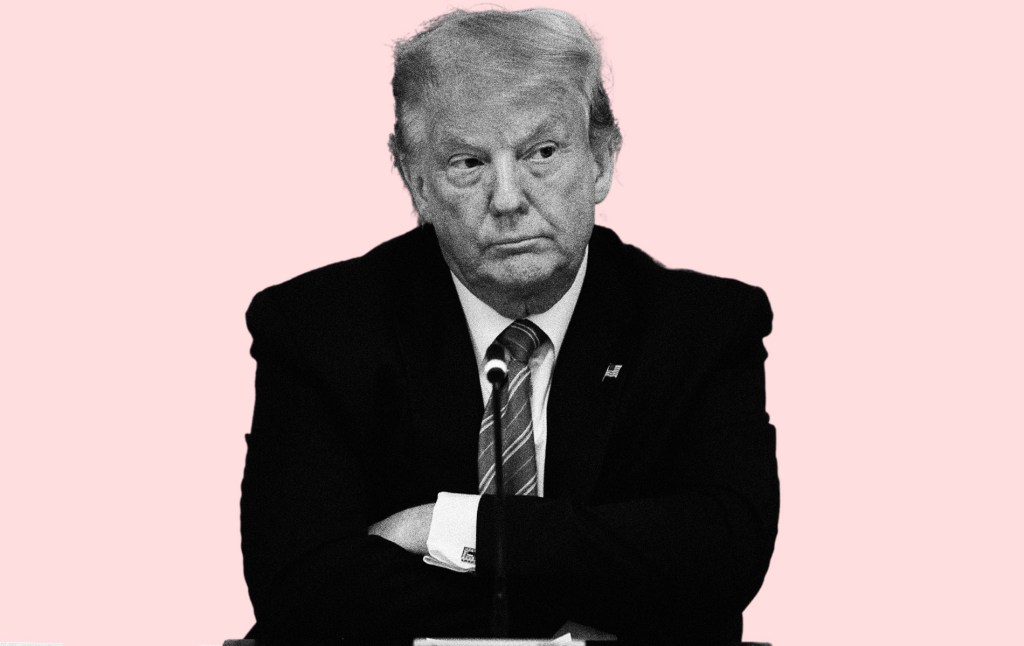Trump’s Tariff Strategy: Economic Consequences and Controversies
President Trump imposes steep tariffs targeting key trading partners, challenging economic theories and raising concerns about trade relationships.
Subscribe to unlock this story
We really don't like cutting you off, but you've reached your monthly limit. At just $5/month, subscriptions are how we keep this project going. Start your free 7-day trial today!
Get StartedHave an account? Sign in
Overview
President Trump has enacted wide-reaching tariffs based on bilateral trade deficits, drawing criticism from economists who argue this method oversimplifies complex trade dynamics. While the administration believes it will bolster American manufacturing, many experts contend it won't effectively address the underlying economic issues and may harm overall trade relationships. The use of emergency powers to impose these tariffs has triggered global economic uncertainty, with responses from affected nations expected. This initiative highlights the divide between political ideologies and economic realities in U.S. trade policy.
Report issue

Read both sides in 5 minutes each day
Analysis
- Trump's emphasis on bilateral trade deficits as a measure of trade policy is fundamentally flawed, and many economists argue it misrepresents the complexity of international trade relationships.
- The implementation of broad tariffs based on trade deficits may negatively impact U.S. economic growth and exports, leading to potential job losses rather than gains.
- While some believe tariffs can incentivize fair trade practices, the arbitrary nature of Trump's new tariffication approach raises concerns about its effectiveness and the economic repercussions for various trading partners.
Articles (3)
Center (1)
FAQ
President Trump's tariffs are contributing to higher prices and slower economic growth, impacting consumer and business confidence. They are also undermining U.S. economic dynamism and global competitiveness by creating trade uncertainty and triggering retaliatory measures from other countries
Affected nations like China, Canada, and the European Union have imposed retaliatory tariffs on U.S. exports, affecting over $330 billion in trade. Additionally, countries are diversifying their trade relationships, potentially weakening U.S. economic influence
President Trump aims to rectify trade deficits, protect American jobs, and incentivize domestic manufacturing through the use of tariffs. He also seeks to ensure reciprocal trade practices with other countries
History
- This story does not have any previous versions.


